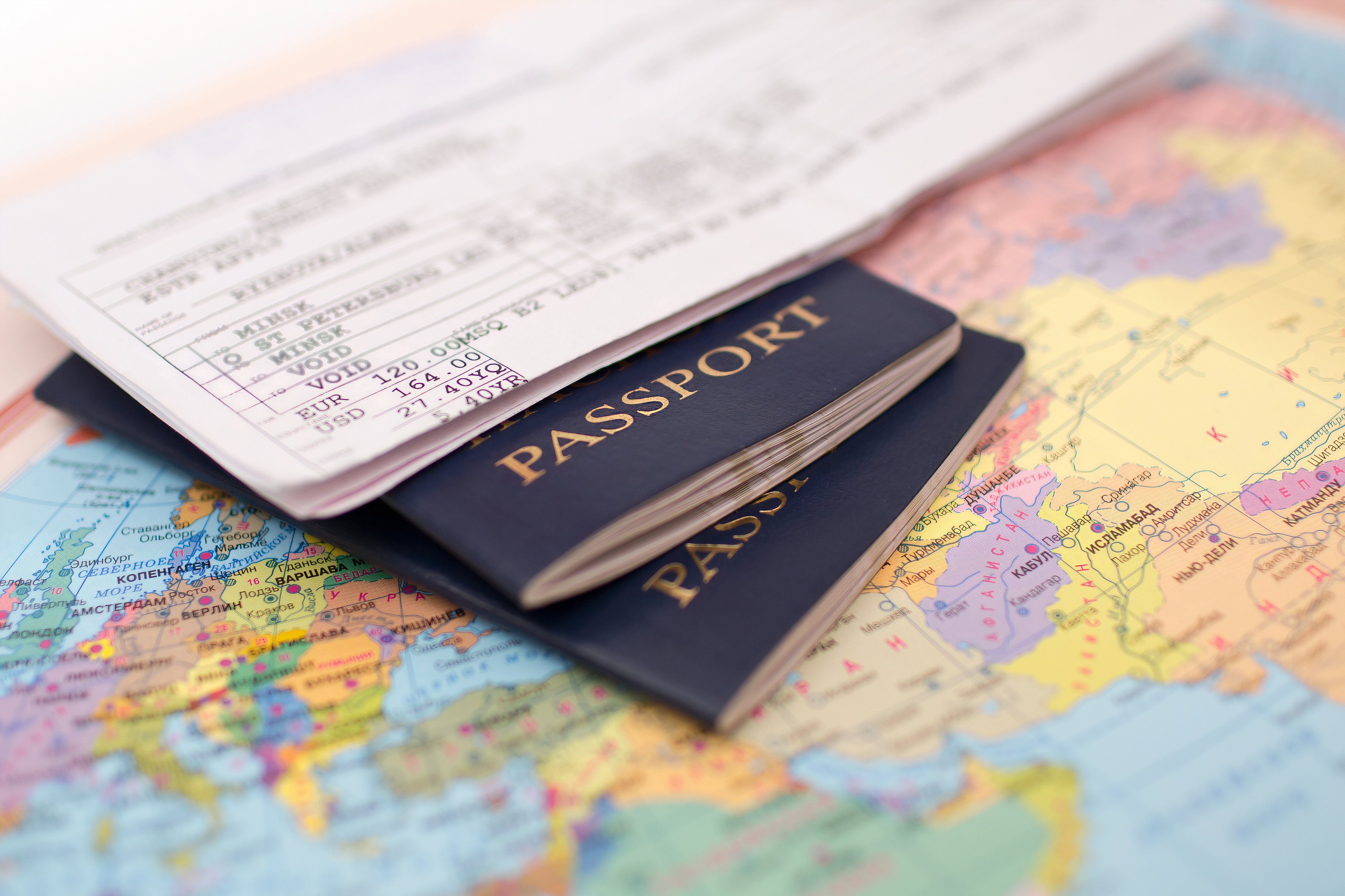World
Europe’s incredible new £4.6bn project that will connect five countries by rail

An incredible £4.6bn megaproject spanning a whopping 540 miles will connect five countries by rail.
The initiative called Rail Baltica will span from Warsaw, Poland to Tallinn, Estonia, passing through Latvia and Lithuania.
When the Rail Baltica is complete, passengers will be ferried from the Estonian capital, Tallinn, south to Warsaw, Poland, with another line terminating in Vilnius, Lithuania.
Between Warsaw and Tallinn, the high-speed rail line will have links via Riga (Latvia), Kaunas and Vilnius (Lithuania), with stops at airports intended to boost tourist use
Already under construction in Lithuania, the railway line is the largest Baltic-region infrastructure project in the last 100 years.
The ambitious rail project is set to open partially in 2028, with full passenger and freight services underway starting in 2030.
Rail Baltica has been created to integrate the Baltic states’ rail network into the wider European Union network and will become the first large-scale mainline standard gauge railway in the area.
By improving connectivity between the four European countries, the rail line is expected to boost tourism and improve cross-border relations while marking the largest Baltic region infrastructure project in the last 100 years.
Despite being dubbed the “project of the century” by Lithuania’s transport minister, the line has run massively over budget, and construction is behind.
The project has swelled to be £2bn over budget, raising eyebrows and prompting concerns about its economic viability.
The European Union will primarily provide financing for the rail line connecting the three Baltic states, which is intended to upgrade the Soviet rail system across the region.
A recent report on Rail Baltica raised red flags about its economic sustainability: “An assessment of the passenger traffic part of the Rail Baltica line shows that it is not economically sustainable.”
The projected number of passengers also falls short of the European Union‘s benchmark, casting doubt on the railway’s financial feasibility.










